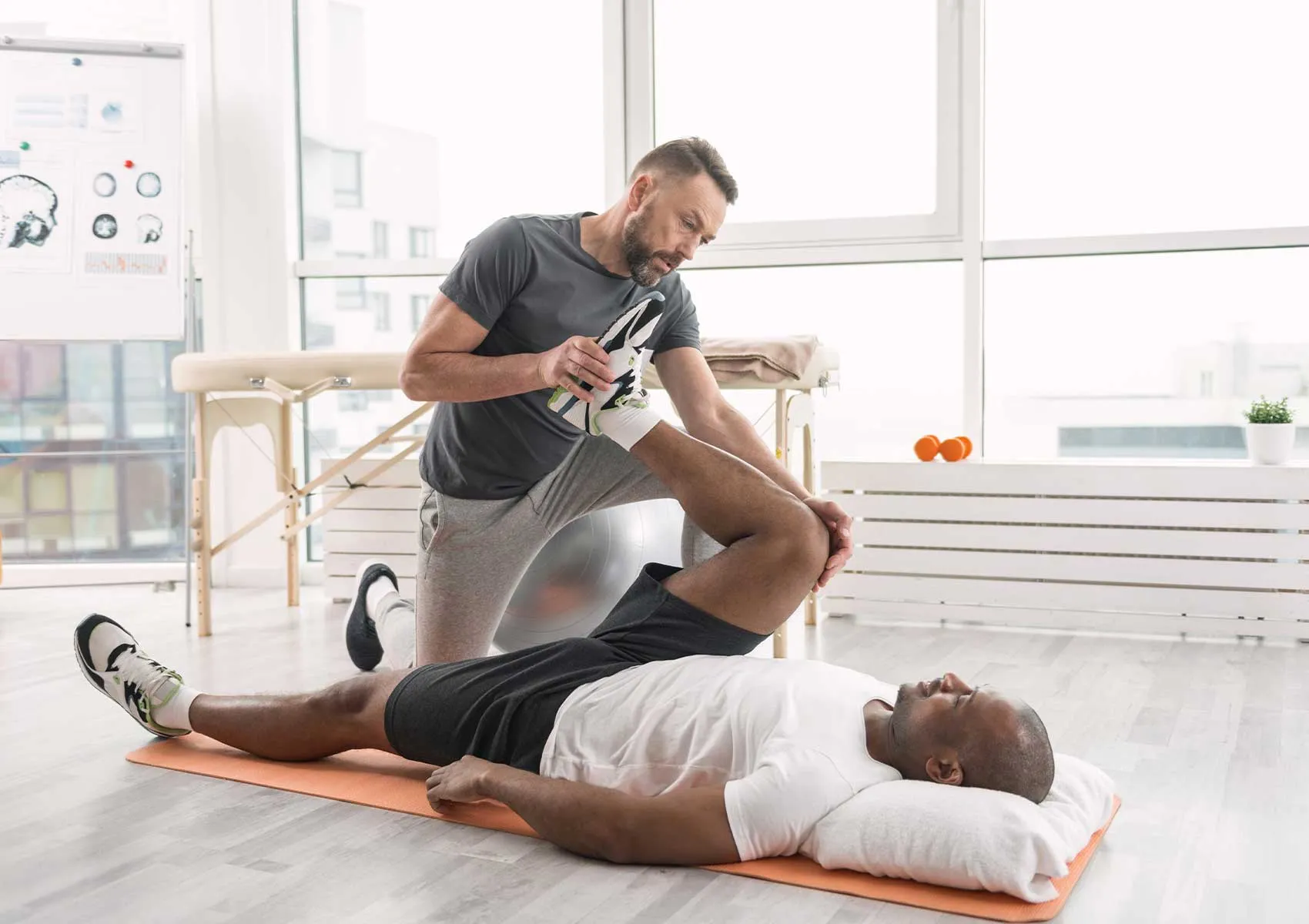Rehabilitation Program Tailored for Athletes
Rehabilitation programs tailored specifically for athletes should be applied to ensure effective and speedy recovery after sports injuries. This article examines the critical points in treatment, program contents, and expert recommendations underpinned by scientific evidence.
Sports, while essential for healthy living and enhancing physical endurance, carry inherent risk of injuries. Sports injuries commonly affect muscles, tendons, ligaments, and joint structures, adversely impacting athletes’ daily life and performance. This is where an effective rehabilitation program becomes crucial. An athlete-specific rehabilitation program not only supports the recovery process but also plays an important role in protecting the athlete’s health, preventing re-injury, and improving performance.
The initial approach in sports injuries typically involves managing the acute phase, characterized by pain, swelling, and loss of function. At the start of rehabilitation, the goal is to reduce these symptoms and prevent complications such as muscle atrophy and joint stiffness caused by inactivity. However, what makes athlete rehabilitation fundamentally different is that the treatment program must be individually tailored according to the athlete’s sport type, age, injury type, and severity.
Understanding the specific demands of the sport is essential when planning rehabilitation. For instance, a football player may prioritize speed and strength development, whereas swimmers might focus more critically on flexibility and shoulder stability. Therefore, multidisciplinary teams consisting of orthopedic and sports surgery specialists, physiotherapists, coaches, and nutrition experts work collaboratively.
The basic stages of the rehabilitation program usually include:
- Pain and swelling management
- Regaining muscle strength
- Increasing joint range of motion
- Restoring functional movement quality
- Relearning sport-specific techniques and endurance
Each stage is adjusted and advanced according to the athlete’s response to recovery. Programs following arthroscopic surgery or addressing common sports injuries such as anterior cruciate ligament (ACL) injuries and meniscus tears incorporate specific modifications.
In particular, rehabilitation for hip joint pathologies such as femoroacetabular impingement, labral tears, and gluteus medius tears involves detailed exercises aimed at preserving joint stability and muscle balance. Similarly, proprioceptive training becomes vital in knee injuries (e.g., ACL reconstruction) to restore mechanical balance.
Post-prosthetic surgery rehabilitation focuses on pain management and optimizing joint function. Customized exercise sequences and physiotherapy techniques help patients regain daily functionality.
Success in athlete-specific rehabilitation programs relies heavily on consistent monitoring, adherence to treatment, and progression at appropriate timings. Periodic assessments conducted under the supervision of sports physicians and orthopedic specialists allow necessary program adjustments and minimize injury risks.
Preventing recurrent injuries also involves encouraging the athlete to maintain good body mechanics, high-quality movement, and active lifestyle outside sports. Lifestyle education programs should consider nutrition habits and mental health alongside physical rehabilitation.
Alongside expert clinical rehabilitation programs, technological supports—such as motion analysis systems and electrical stimulation devices—can enhance program effectiveness. Modern sports surgery and rehabilitation methods continue to advance based on scientific research, expanding personalized treatment options.
In sum, athlete-specific rehabilitation is a critical component not only for recovery after injury but also for safeguarding athlete health and maintaining peak performance. Early professional evaluation and access to appropriate treatment pathways are essential for all athletes.
FAQ
-
Why is a rehabilitation program tailored specifically for athletes important?
Because athletes have different anatomical structures, sport disciplines, and injury types. Personalized programs accelerate recovery, protect performance, and reduce the risk of re-injury.
-
How long does a rehabilitation program typically last?
It varies depending on the type and severity of the injury but generally ranges from several weeks to a few months. The duration is planned based on the athlete’s recovery speed and adherence to the program.
-
What should be considered during rehabilitation?
It is important to follow the program regularly, communicate with your doctor and physiotherapist if you experience pain, avoid excessive strain, and adhere to exercise principles tailored for athletes.
-
How should rehabilitation be managed after prosthetic surgery?
Post-prosthetic rehabilitation involves exercises aimed at pain control and increasing joint range of motion, alongside processes to improve muscle strength and balance. It should be customized for each individual.
-
Why is rehabilitation necessary after surgery for sports injuries?
Rehabilitation after surgery speeds up healing, prevents loss of function, and helps the athlete return to previous performance levels. It also maintains joint stability and muscle function.

